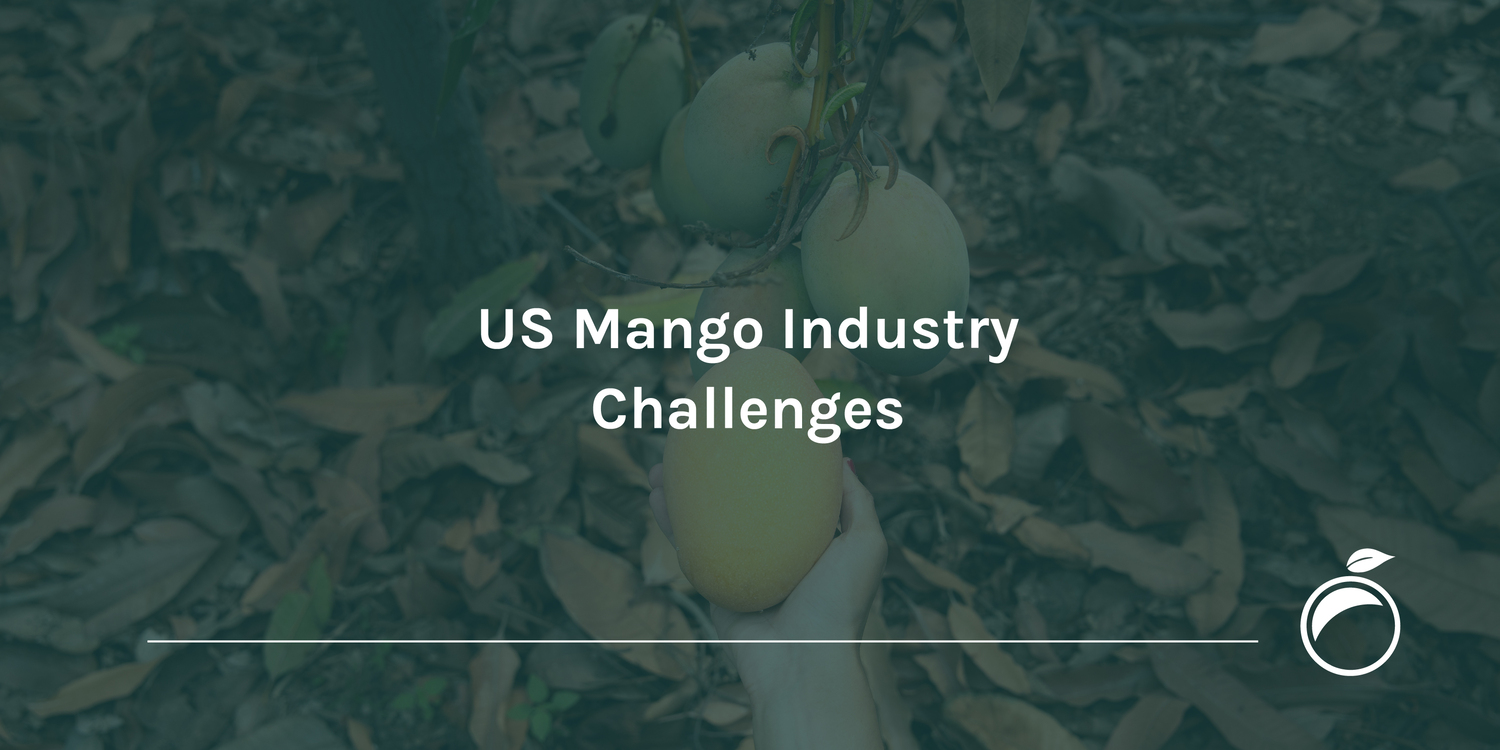
US Mango Industry Challenges
Manuel Michel, executive director of the National Mango Board (NMB) recently discussed the challenges facing the United States mango industry.
Michel says the main challenge is the current imbalance in labor and the material transportation system, which is observed throughout the entire chain, from mango production to retail stores.
This imbalance was mostly caused by the pandemic, although it is important to keep in mind that even before the health crisis, the mango industry situation had already been changing globally, due to readjustments in the major mango producing and exporting countries.
Michel also comments that the NMB does not yet have proposals to solve this situation; however, during 2022 there will be several analyses focused on finding solutions that will allow mangos to reach the United States and all parts of the world in a more efficient way.
It is important to mention that the NMB is a group made up of growers, shippers, distributors, marketers and researchers whose mission is to inspire and educate U.S. consumers about the mango culture, flavor and nutrition.
Regarding mango consumption, Michel explains that a growth in the consumption of this agri-food product is expected in the United States, in line with the trend seen in recent years, with a significant increase in consumption.
In this sense, as part of the most recent NMB strategy, they seek to double per capita mango consumption in the United States by 2030, so the goal is to reach a consumption of 7.0 pounds (3.2 kg), compared to 3.6 pounds (1.6 kg) in 2020.
This expected increase in consumption is based on the fact that mango exports from countries like Peru, Brazil and Ecuador have increased by more than 100% in the last 10 years.
For its part, Mexico has grown between 60-70% over the last decade, continuing as the main supplier of mangos to the U.S. market, shipping 744,657,000 pounds (337,771 tons) in 2021, a volume that is forecasted to be surpassed in 2022.
Regarding the strengths and weaknesses of the mango industry, Michel points out that the main strengths of mango are that it is a particularly good tasting product and it has excellent nutritional values. On the other hand, as a weakness, the U.S. consumer does not know these characteristics, so better marketing and commercialization campaigns are required, which is where the NMB adds value to the industry.
Source: InfoRural
